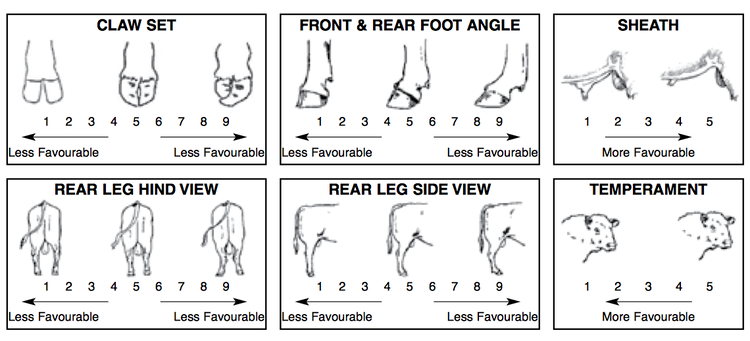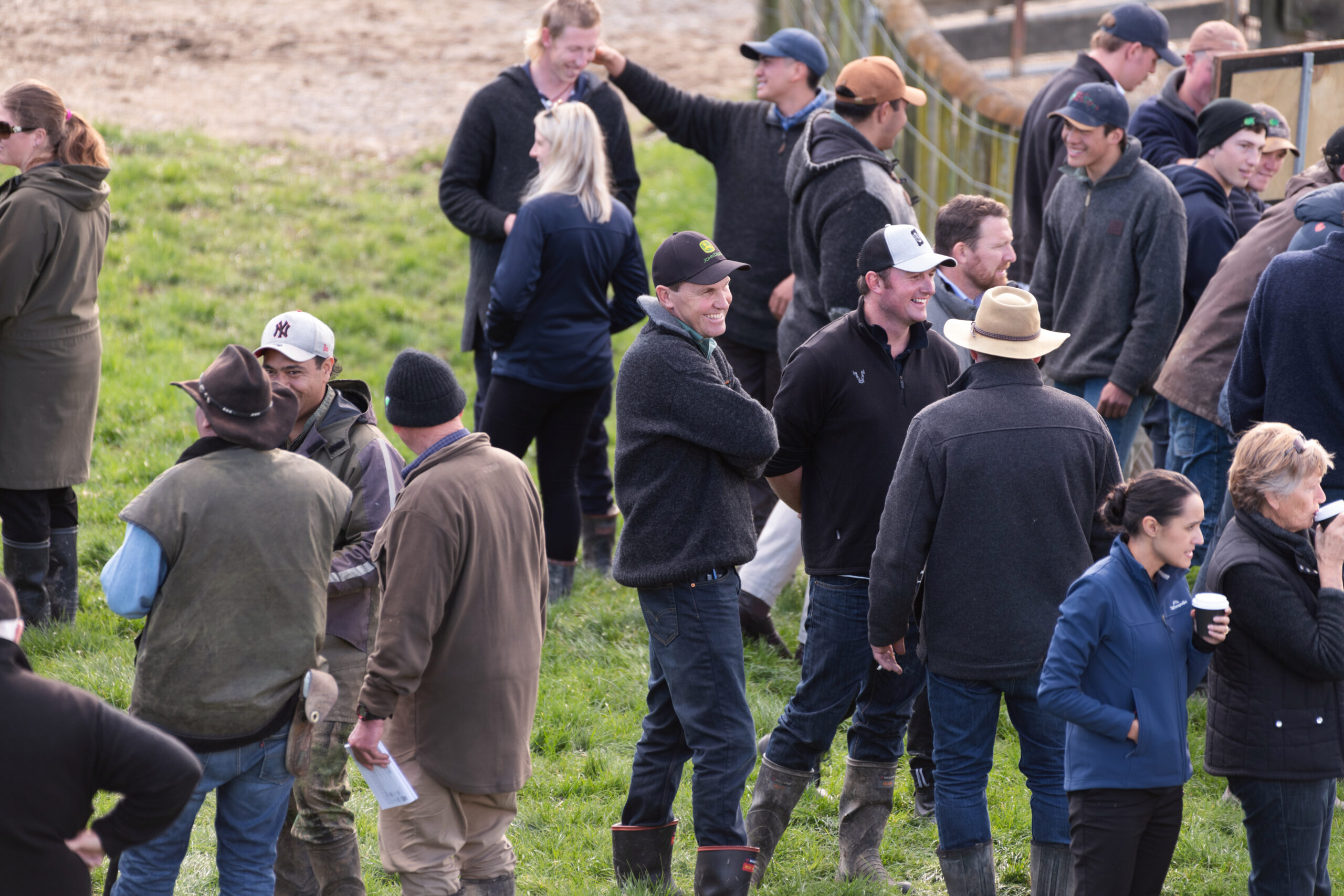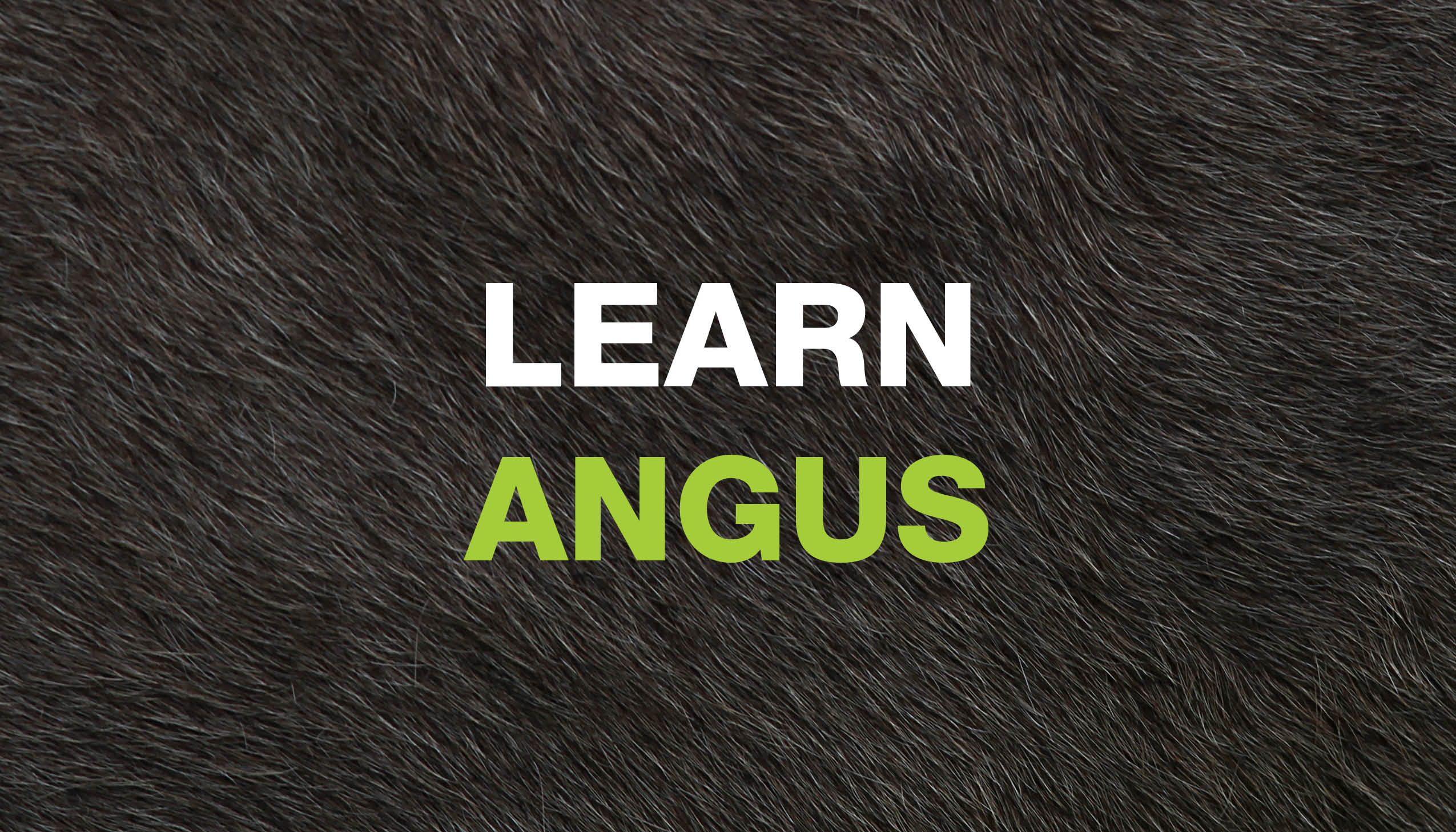By Alastair Rayner, RaynerAg
If you’re a bull breeder, there’s no doubt you have one of the more challenging roles in the beef industry. As a breeder you’re producing bulls that will contribute to the genetic potential of a breed and more importantly, your bull will have a direct impact on the production of beef across the business of many people.
Its not an easy task, as you need to manage the variation which naturally occurs in any population. This variation extends across frame size & maturity pattern, growth, muscle, temperament as well as well as other traits.
To some extent this natural variation is a good thing. It allows you to present bulls for sale for producers who all have different requirements bulls, based on their own cow herd, environment or target markets.
The ability to measure and record the genetic potential of your bulls, and present them using BreedPlan EBVs is a huge advantage for bull breeders. As I’ve discussed in other Rayner reckons, EBVs allow producers to search for bulls which have the genetic potential to take a herd in a new direction or to strengthen the traits most desirable ion a breeding herd.
EBVs offer an objective measure of the genetic value of a bull. The measurement and evaluation of the traits recorded in BreedPlan does provide a level of objectivity which producers can look to when they are seeking to buy a new bull.
However there are some attributes a bull has, which can’t be assessed from EBVs. For instance, what are the bulls feet like? Or what is his muscle score? How are his legs and shoulders? What does his sheath look like?
These are important physical traits which can have a big impact on a producers cow herd. A bull with less than ideal feet can possibly make a problem worse in a herd.
Selecting for muscle score is based on a visual assessment of the overall muscle volume of the bull. There is a correlation with the EBVs for Retail Beef Yield, but a visual assessment can make a decision on the suitability of a bull to improve muscle score in a breeding herd that much easier.
Many bull breeders have attempted to address this need to assess the physical attributes of their bulls by including photographs of the bulls in their sale catalogues. These photos can highlight some of the obvious characteristics, but as one producer said to me “you can only tell so much from a photograph”.
Objectively describing your bulls to potential clients can also be a challenge. Your opinions will be part of the overall information a producer absorbs, but some clients want to see more objective descriptions of a bulls physical attributes.
To help bulls breeders provide this objective information many breeders are now supplying information categorised under the Beef Class Structural Assessment Scores. These scores are based on on the structure of feet, legs, sheath & temperament.

Providing these scores in your catalogue can demonstrate to potential purchasers that each bulls physical attributes have been objectively assessed and scored.
These combined with the genetic information of the EBVs certainly give a purchaser a level of information which ensures they can make very informed & focussed decisions.
Naturally purchasers should still look at the bulls they are interested in to ensure traits such as frame or the maturity pattern of the bull will complement their herds.
I reckon providing this information for each bull allows purchasers to narrow their search down to specific bulls in your catalogue. It also demonstrates to your clients how focussed you are in providing the best information on your bulls, to help them make the right decisions. Its often your focus on providing the right animals which will see a client buy your bulls year after year.
As a bull breeder don’t be afraid to use an independent specialist to assist in the objective assessments. I have been doing a lot of bull assessments and its common to notice things the breeder has overlooked, simply because they see their bulls everyday and miss something out of familiarity.
By Alastair Rayner of RaynerAg


